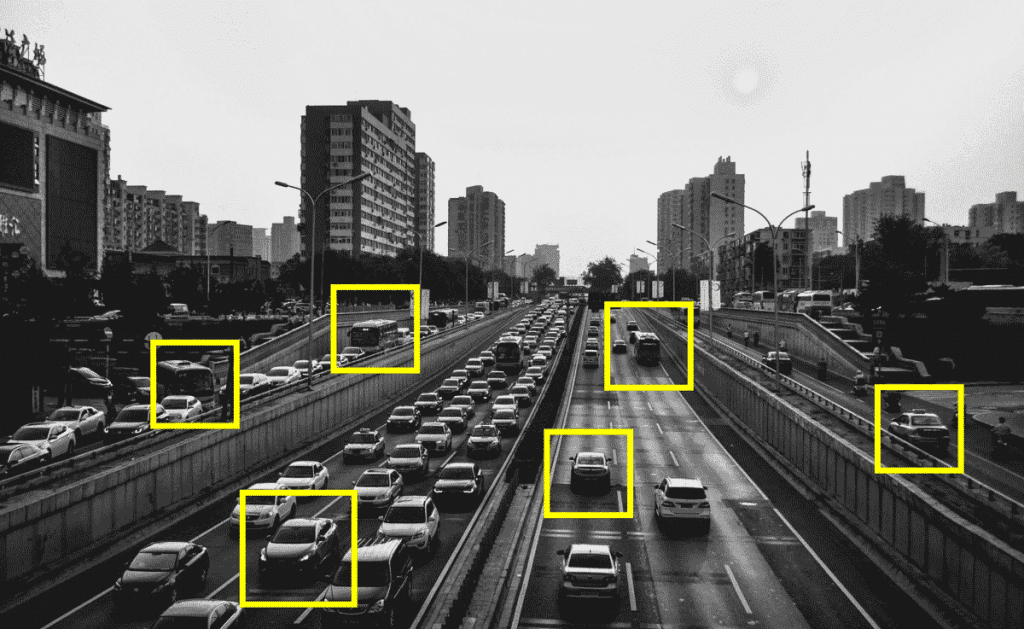
Mobility Makeover
By 2050, there will be 9.7 billion people in the world. Currently 55% of the world’s population live in cities, however that number is expected to increase to 68% by 2050. Over the same period, the global economy is expected to triple in size leading to over twice as much rail and road travel and over three times as much rail and road freight. In 2017, according to transportation analytics company INRIX, congestion cost US drivers almost $305 billion, an average $1,445 per driver.
Consumer expectations and the growth of eCommerce have increased the demands and challenges on logistics increasing the load on already congested, inefficient, and expensive transportation networks. As eCommerce continues to grow, together with urbanization and density, the last mile of logistics will gradually become more crowded, increasing the need for innovation. Many companies are looking for new opportunities to stay competitive, improve efficiency, and increase profits as new mobility technology increasingly dominates the industry. As mobility technology evolves, its global value is forecast to grow to over $30 trillion by 2030. Here’s a look at three technology trends making moves in mobility.

Mobility-as-a-Service
Mobility-as-a-service (MaaS) is becoming more popular as consumers and businesses move away from vehicle ownership towards service-based transport. A wide range of mobility services including ride-hailing companies Uber and Lyft, have become popular in cities worldwide, as they offer new kinds of transportation alternatives. New technologies and business model innovation are making transportation more shared, muti-modal, and on-demand, giving people more convenient options to travel how and when they choose, increasing customer satisfaction.
Electric Vehicles
By the end of 2017, there were over 3 million electric vehicles worldwide. Future bans have been announced for internal combustion engine (ICE) vehicles across much of the developed world leaving automotive companies little choice but to adapt. As the cost of batteries decreases, electric vehicles will become more affordable than vehicles powered by internal combustion engines.
Electrifying high use vehicles, such as public transportation, shared AVs, and commercial fleets would increase the positive impacts of EVs on the environment representing up to $60 billion by 2030 for the US alone, according to the World Economic Forum. According to a KPMG report, the servicing costs for an EV are between 40% and 60% lower than for a traditional ICE vehicle due to the lower number of moving components and lower fueling costs, maximizing the number of miles that will be run on electricity.

Autonomous Vehicles
Autonomous technology has the potential to significantly lower logistics costs and increases efficiency. According to a McKinsey & Company report, a fully autonomous trucking market would cut operating costs by 45%, saving U.S. for-hire carrier companies between $85 billion and $125 billion annually.
As the trucking industry faces many challenges including the growth of eCommerce, driver shortages, and new regulations, autonomous trucks can provide some solutions to increase productivity and speed of delivery.
Today’s trucks generally operate eight or nine hours a day because drivers are required to rest. however, automation has the possibility to double or triple productivity. Using autonomous trucks on these long trips would save $24 billion in labor costs and enable carriers to use truck assets 20 hours per day instead of 11, expanding capacity and increasing efficiency. This is one of the main reasons trucks are considered a leading sector for early adoption of self-driving technology, with total funding for new development estimated at $1 billion annually, up 1,000% in a few years.
Smart mobility solutions will improve the quality of life in cities, help companies face increasing transportation challenges while allowing consumers to get deliveries wherever and whenever they want. As the mobility industry continues to evolve, shippers and carriers should look towards these trends and technologies to potentially lower operational costs, increase efficiency, and retain and attract new customers.
For more information on Bringoz and how we can help fulfill your mobility needs, contact info@bringoz.com.
